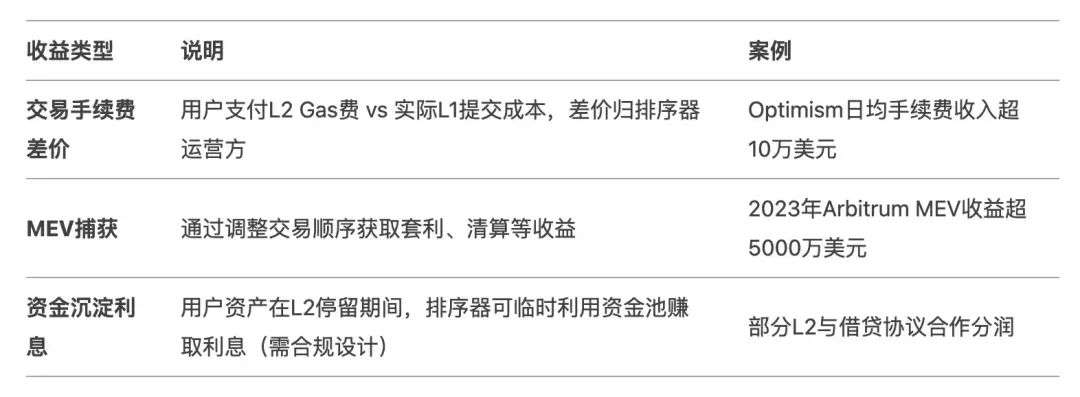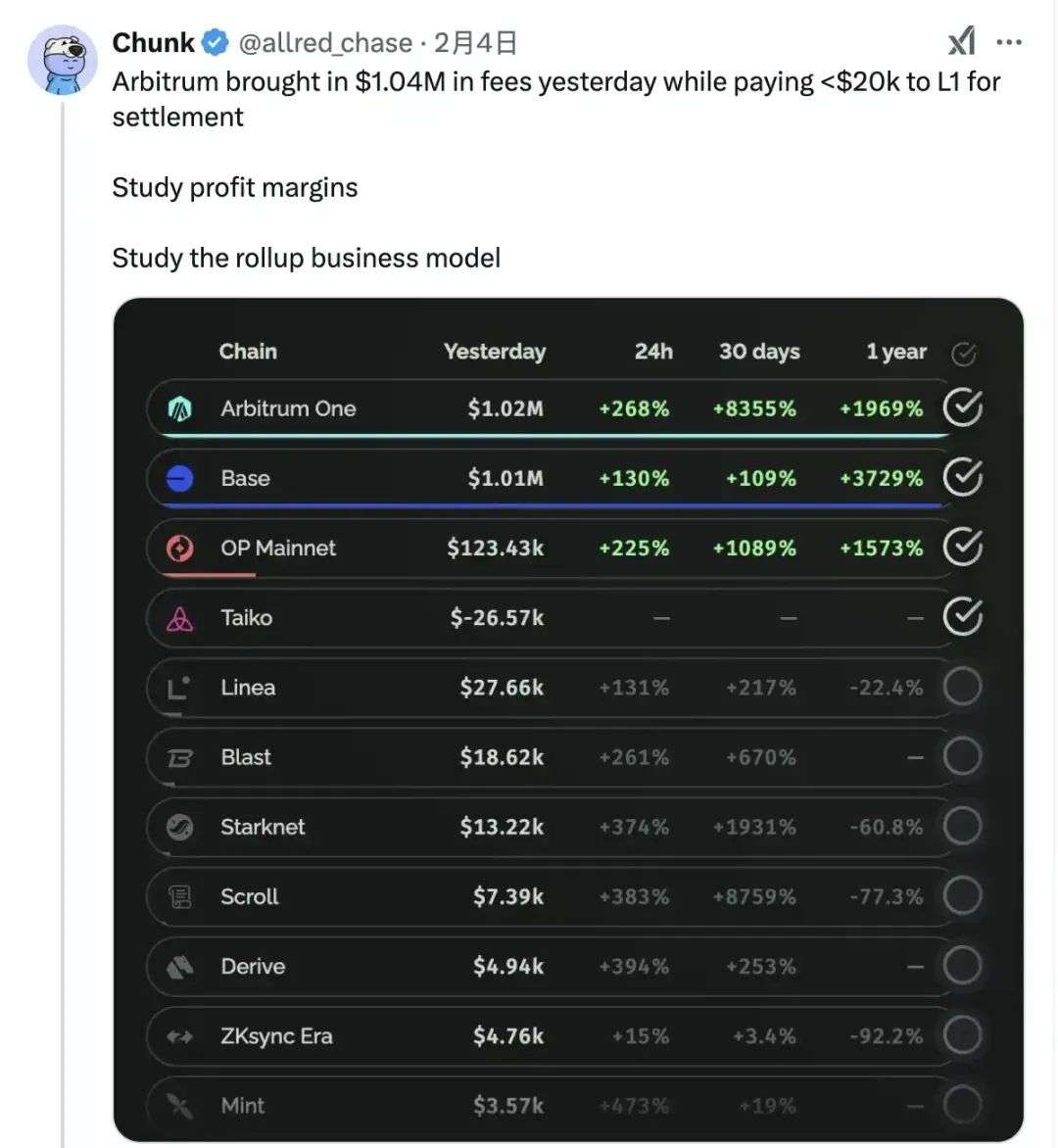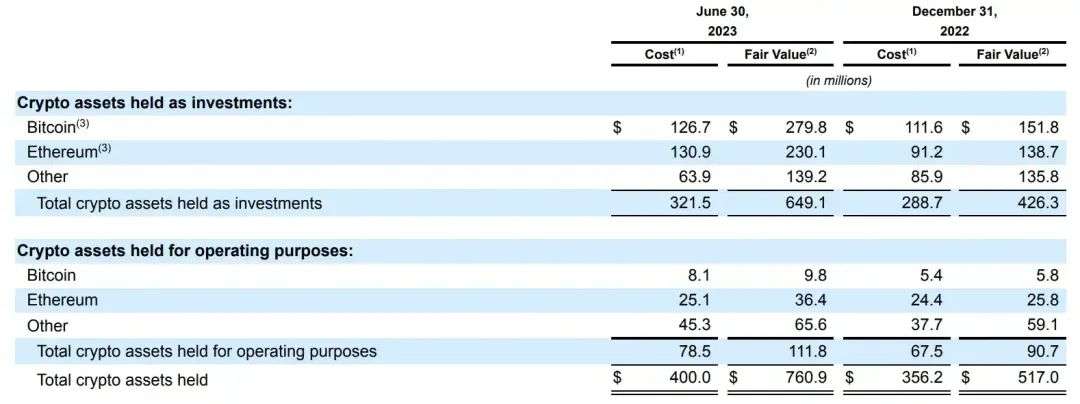Who is Dumping ETH?
Author: Azuma, Planet Daily | Blockchain in Plain Language

According to SoSoValue data, last week, Ethereum spot ETFs saw a net inflow of $420 million, with all nine ETFs experiencing no net outflows. Among them, BlackRock's ETHA had a net inflow of $287 million, bringing its historical total net inflow to over $4.4 billion, while Fidelity's FETH also garnered a net inflow of $97.28 million, with a historical total net inflow reaching $1.51 billion.
However, despite the strong growth in capital inflows into Ethereum spot ETFs, it has not significantly boosted Ethereum's market performance, nor has it quelled the numerous controversies within the Ethereum ecosystem, especially regarding the operational model of Layer 2.
Recently, some have criticized on social platform X that Layer 2 networks are essentially "parasitizing" Ethereum, becoming a major source of its inflation. While Layer 2 has brought scalability and efficiency to Ethereum, the underlying economic model and operational mechanisms are facing increasing scrutiny. This article combines current market data and community voices to overview the controversies surrounding Layer 2 in the Ethereum ecosystem.
The main text is as follows:
In this cycle, ETH's performance has significantly lagged behind the overall market, with some attributing it to "heavy burdens," while others blame the Ethereum Foundation (EF) for being "unworthy." Recently, Layer 2 has again become the target of community criticism.
On February 9, the DeFi god of the last cycle and current co-founder of Sonic, Andre Cronje (AC), posted on X, angrily criticizing Layer 2 for profiting immensely through continuous selling of sequencer revenues, labeling it a parasite of Ethereum.
“Becoming Layer 2 — running a centralized sequencer — charging $120 million in fees — then paying Ethereum $10 million for DA and security — after which selling off $110 million for profit — and then claiming to be part of the 'Ethereum Alliance'… I don't understand how the Ethereum community convinces itself to accept this logic. Layer 2 has become the main cause of Ethereum's inflation again.”
01
Sequencer Revenues of Layer 2
The controversy over Layer 2 sequencer revenues is an old topic. Sequencers are an essential role in Layer 2, primarily serving to:
1) Collect user transactions and package them into batches in a specific order;
2) Provide instant transaction confirmations for users before the transactions are finally on-chain;
3) Compress transaction data and submit it to Layer 1, reducing gas costs.
In the decentralized vision of Layer 2, the decentralization of sequencer operations is a necessary step, but the reality is that almost all Layer 2 sequencers are operated by development teams, which has long been one of the biggest criticisms surrounding Layer 2.
Why has Layer 2 been unable to achieve decentralization of sequencers? While there are certainly technical and operational reasons, another significant reason is that — in real-world environments, running a sequencer is a very "profitable" business.
The direct revenue sources from running a sequencer mainly include:
1) Transaction fee spreads;
2) MEV capture;
3) Interest from capital deposits.
 Odaily Note: The image is a further explanation by Teacher DeepSeek
Odaily Note: The image is a further explanation by Teacher DeepSeek
How profitable is this business? We can get a rough glimpse through the data from February 4.
On February 4, influenced by collective market fluctuations, Arbitrum collected $1.04 million in fees on Layer 2 in a single day, while the final settlement cost paid to Layer 1 was less than $20,000 — this means that in just one day, the chain earned over a million dollars through transaction fee spreads.

02
Targeting Base
As the most active Layer 2 network in the Ethereum ecosystem, Base has long been at the center of related public opinion. As the debate over Layer 2 sequencer revenues intensifies, the community has begun to direct its criticism at Base.
Lucidity CIO Santisa was the first to fire shots on X, accusing Base of transferring all sequencer revenues to Coinbase since its mainnet launch, raising suspicions that these ETH have been sold off.
“Since its launch, BASE has been transferring sequencer fees to Coinbase. We don't know if they have sold them, but we know they haven't deployed these funds on Base or kept them on-chain. Due to the lack of further transparency, we can reasonably assume they have sold them. Their stance is not consistent with Ethereum.”

Odaily Note: The image shows the Base sequencer income address
(0xEc8103eb573150cB92f8AF612e0072843db2295F)
Subsequently, Sonic team member The Assistant further took over, analyzing whether Base had sold these ETH based on Coinbase's financial report data.
The Assistant pointed out that on-chain data shows Base earned over $100 million in sequencer revenues in the past 12 months, with a profit margin exceeding 90%, and all these fees have been transferred to the trading platform through Base — Ethereum — Coinbase.
According to Coinbase's public financial report data, as of June 30, 2023 (see page 66 of the Q2 2023 report), Coinbase held approximately $230 million in ETH on its balance sheet, with ETH priced at $1,934 at that time, meaning Coinbase held 118,924 ETH; as of September 30, 2024 (see page 22 of the Q3 2024 report), Coinbase held 119,696 ETH on its balance sheet.


The Assistant finally questioned, since Base's launch, Coinbase has only increased its holdings by 772 ETH on its balance sheet, so where did the over $100 million in Base sequencer revenues go? The answer seems to be only one…
Some may question that Base, as a (nominally) independent network, should not have its revenues counted in Coinbase's balance sheet, but this question is also unreasonable, because Coinbase has highlighted the increase in Base's revenues in multiple past financial reports.
Building on The Assistant's investigation, AC retweeted and further fired back:
“The Ethereum community is proud of their Layer 2, but what Layer 2 does every day is transfer fee revenues from Layer 2 to Layer 1, and then to Coinbase for sale. This is the leader of the Ethereum ecosystem. Wake up, Ethereum community.”
03
What is Vitalik's Potential Attitude?
As of the publication of this article, Vitalik has not responded to AC and other community members' accusations, but in a handwritten article on January 24 titled "Under Public Pressure, Vitalik Calls on L2: Support ETH Again," we can roughly see that Vitalik is dissatisfied with the current operational status of Layer 2.
In that article, Vitalik mentioned the need to clarify ETH's economic model to ensure that ETH can continue to accumulate value in a Layer 2-intensive world. On the execution level, Vitalik encouraged Layer 2 to support ETH by contributing a certain percentage of fees, which could be achieved by burning part of the fees, permanently staking, and donating the proceeds to public goods in the Ethereum ecosystem or other similar schemes.
Simply put, Layer 2 should not be too greedy; it's time to give up some of the cake.
Original Title: Guess Who is Dumping ETH?
Original Link: https://www.odaily.news/post/5201581
Original Author: Azuma, Odaily Planet Daily
Article Link: https://www.hellobtc.com/kp/du/02/5668.html
Source: https://mp.weixin.qq.com/s/kHElMZzrEtOM7S2XCS2RnQ
免责声明:本文章仅代表作者个人观点,不代表本平台的立场和观点。本文章仅供信息分享,不构成对任何人的任何投资建议。用户与作者之间的任何争议,与本平台无关。如网页中刊载的文章或图片涉及侵权,请提供相关的权利证明和身份证明发送邮件到support@aicoin.com,本平台相关工作人员将会进行核查。



